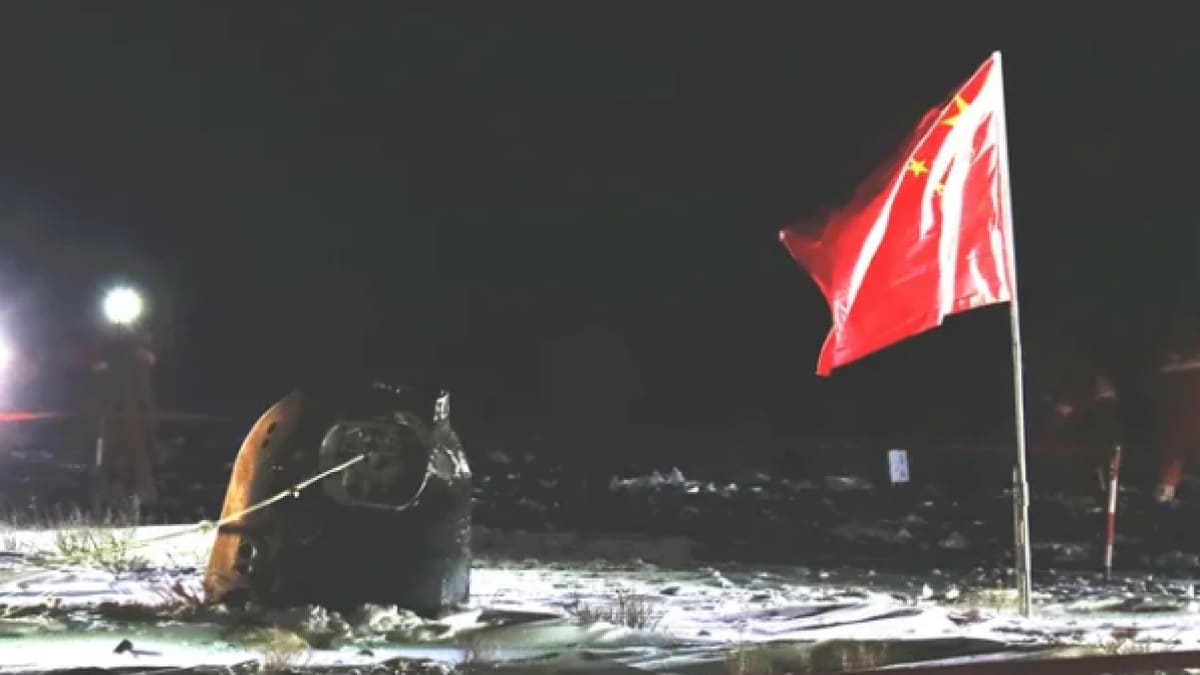Volcanic activity on the moon may have occurred earlier than thought

China’s Chang’e 5 mission has provided new insights into the Moon’s volcanic history, suggesting that volcanic activity may have occurred much earlier than previously thought. Samples of lunar soil returned to Earth in 2020 contained glass beads formed by volcanic eruptions as recent as 120 million years ago. The discovery is significant, as it challenges the long-held belief that volcanism on the Moon ended around 3 to 3.8 billion years ago. The recent findings could change our understanding of the Moon’s evolution, revealing that volcanic activity occurred much more recently than previously thought.
Evidence from samples of Chang’e 5
The evidence comes from tiny glass beads found in the lunar soil collected by Chang’e 5 near Mons Rümker in Oceanus Procellarum. These beads, according to a study led by Bi-Wen Wang and Qian Zhang of the Chinese Academy of Sciences, were formed during volcanic eruptions about 123 million years ago, with a margin of error of 15 million years. Despite their small size, these beads provide concrete evidence that volcanic eruptions on the moon continued much later than previously assumed, according to Space.com report.
Supporting NASA’s Lunar Reconnaissance Orbiter
The finding is consistent with previous observations from NASA’s Lunar Reconnaissance Orbiter (LRO), which captured images of irregular mare patches (IMPs) on the lunar surface in 2014. These features, small volcanic mounds, appear to be less than 100 million years old, suggesting recent volcanic activity.
An opportunity for ongoing activity
Scientists are now investigating whether the moon could still be volcanically active today. The presence of heat-generating elements, such as thorium and rare earth metals, in these volcanic glass beads could explain how molten rock could still exist in the moon’s mantle, raising the possibility of ongoing volcanic outgassing.
Although this is still speculative, it does raise new questions about the geological state of the moon.




